With the number of cremations now surpassing the number of burials in the United States, many rabbis have been moved to take a proactive approach and educate their communities about Judaism’s view on death, burial and the afterlife.
When her grandmother was cremated some 25 years ago, Elaina Klairemont had no knowledge of Jewish traditions. But feeling deeply saddened, the immigrant from the former Soviet Union reached out to a local Chabad rabbi. “He introduced me to the Jewish concept of reincarnation of the soul,” she says. More importantly, she learned that she could help the “soul ascend” in spiritual realms by doing positive things in this world. It was a comforting thought that led her on a slow and winding path to Jewish study and observance.
“My husband is not observant at all, and when his mother passed away, they cremated her according to her wishes and scattered her ashes on Shabbat,” Elaina, a resident in the suburbs of Chicago, recalls. At that point, she already knew that Judaism rejects cremation but had no say in the matter. “I wasn’t her daughter.”
Last year, Elaina’s mother’s health began deteriorating. “She told me she wanted to be cremated.” A lifelong spiritual seeker, her mother, Inna, passed away in 2016.
Elaina was torn, wanting to respect her mother’s final wishes. On the other hand, she says, “I felt that on a soul level, that is not what she would have wanted; her Jewish soul would want her to be buried.” Struggling with her decision, she spoke with her rabbi and learned that indeed, in this case, Jewish law requires her to provide her parents with a Jewish burial.
“Everyone who knew my mother’s wishes was telling me it was wrong,” recalls Elaina, her own three adult children and her aunt among them. But as the only child and executor, it was Elaina’s decision to make. “I was very attuned to my mother, and at the end, she had a very difficult time letting go. There was an energy that would not leave.” Elaina “wanted to ease the transition of her soul to a higher place” and decided that giving her a traditional Jewish burial, with full attention to ritual would give her mother peace. She remained by her mother’s bedside all night reciting psalms, and had the local chevrah kadisha —the Jewish community’s burial society—perform a taharah on the body, burying her in a Jewish cemetery in Chicago early the next day.
The Dignity of the Departed
“And G-d created man in His image.” (Genesis 1:27) Judaism regards the human form and the physical body as having been “created in the image of G-d” and therefore holy. Hence the laws that prohibit mutilating the body. In death, the body, which held life and the G-dly soul, retains its holiness. With laws addressing its treatment from the moment of death, Jewish tradition is particular about how the body is prepared for burial and how it is buried.
Historically, and still today, as soon as the chevrah kadisha is notified of a death, it assumes responsibility for the body, keeping a vigil over it while plans and preparations for the funeral are made. The chevrah kadisha performs the taharah: as prayers are recited, the body is washed and dressed in tachrichim, simple white linen shrouds that signify human equality in death. The body is placed in a simple casket which is buried in the ground ensuring no obstruction to its natural decomposition and its return to the earth (Genesis 3:19). From the moment of death, the body is covered and the casket remains closed at all times. Averse to the practice of wakes or showings, Jewish tradition regards these as disrespectful of the deceased.
Doubtful at first about her decision, Elaina said that since the funeral ceremony, she felt profound relief sensing that her mother had “moved on.”
It took courage. “I did not listen to what people were saying because it was not about them or even about my mom’s physical existence. It was about doing right by her eternal soul.”
No Other Place to Turn
Chabad emissaries often play a key role assisting in end of life spiritual and emotional care—a discrete and unsung part of their day-to-day activities serving Jewish communities around the world.
And not just their own communities. Chabad has become the address for many unusual cases regarding Jewish deaths and burials. Rabbi Nechemia Schusterman, a Chabad emissary to Peabody, Massachusetts, explains that hospice nurses and nursing home caregivers often turn to Chabad for help when a Jewish person in their care has no one attending to their death arrangements. Chabad rabbis around the globe regularly facilitate burials for Holocaust survivors, homeless people, young travelers who die suddenly, far from home, and others who simply have no one else to care for them.
The majority of Chabad centers have arrangements with local mortuaries and cemeteries, and maintain personal relationships with funeral and hospice directors to facilitate challenging and charitable burials when they arise. These relationships allow the rabbis to coordinate hundreds, perhaps thousands, of traditional Jewish burials that would otherwise be impossible.
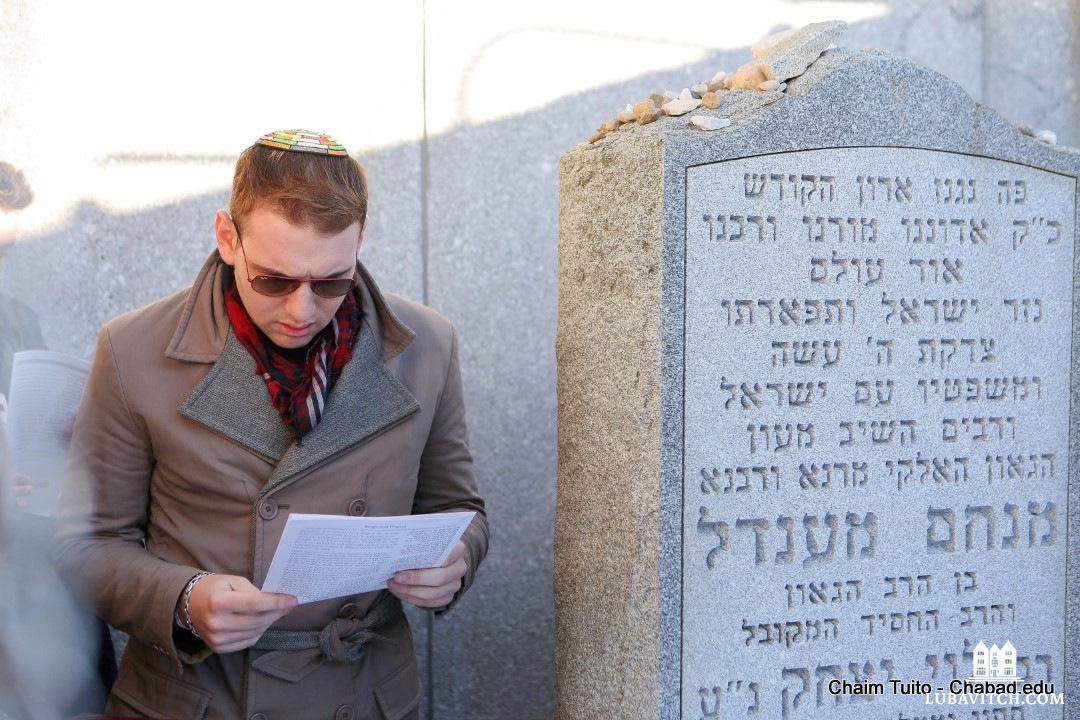
Sometimes, it’s simply about being in the right place at the right time. Schusterman recently visited a local hospital in Massachusetts on his regular rounds as a chaplain when he met a Jewish patient on his deathbed. With only hours until his passing, the patient was grateful for the chance to say a final Sh’ma prayer. When the rabbi inquired as to the family’s burial plans, his daughter replied, “We don’t have a rabbi. You are the one who came to see him. You do it.” The routine hospital visit resulted in a Jewish burial with Kaddish recited over the grave of this otherwise unaffiliated Jew.
Peabody has a high number of assisted living facilities and senior homes, so Schusterman probably oversees more funerals than is average among his colleagues. Many people, he says, turn to Chabad for assistance with burying their loved ones in the Jewish way because “they know that we will take care of it and there is not going to be a paywall.”
Typically, services related to funerals are covered by synagogue membership dues. “But for the vast majority of Jews who are not affiliated, Chabad is the answer.” Schusterman found that “when it comes to major life cycle events like birth or a bris or death, many people who are otherwise not religious want to do it at the highest level of observance.”
Changing Attitudes
Jewish burial practices have been sacrosanct for millennia, but changes in attitudes towards death in the general population have made their way into contemporary Jewish communities. Today, the traditional approach by which the body is kept intact and buried below ground, is challenged with cremations, autopsies and mausoleum burials.
Chabad rabbis are often called in to prevent invasive autopsies that dishonor the body, particularly in cases where a Jew was traveling out of state and died in a tragic way. Still autopsies as a whole are rarer, as they are typically only necessary in cases where a person died under suspicious circumstances.
But by far, it is the growing popularity of cremation—by Jewish law an irreversible violation of the body of the deceased—that brings renewed urgency to the discussion. “I encounter interest in cremation shockingly often in my work,” says Rabbi Moshe Greenwald of Chabad of Downtown Los Angeles. “It is a sad fact that many Jews today are either unaware or apathetic to what halachah [Jewish law] says about cremation.”
While there are no firm statistics on cremation in the Jewish population, the National Funeral Directors Association found that by 2015, cremation surpassed burial in the general population by three percent. By 2030, the national cremation rate is expected to be 71.1 percent. Doron Kornbluth, author of Cremation or Burial? A Jewish View, says that cremation in the Jewish community is following national trends with approximately one third of Jews today choosing cremation.
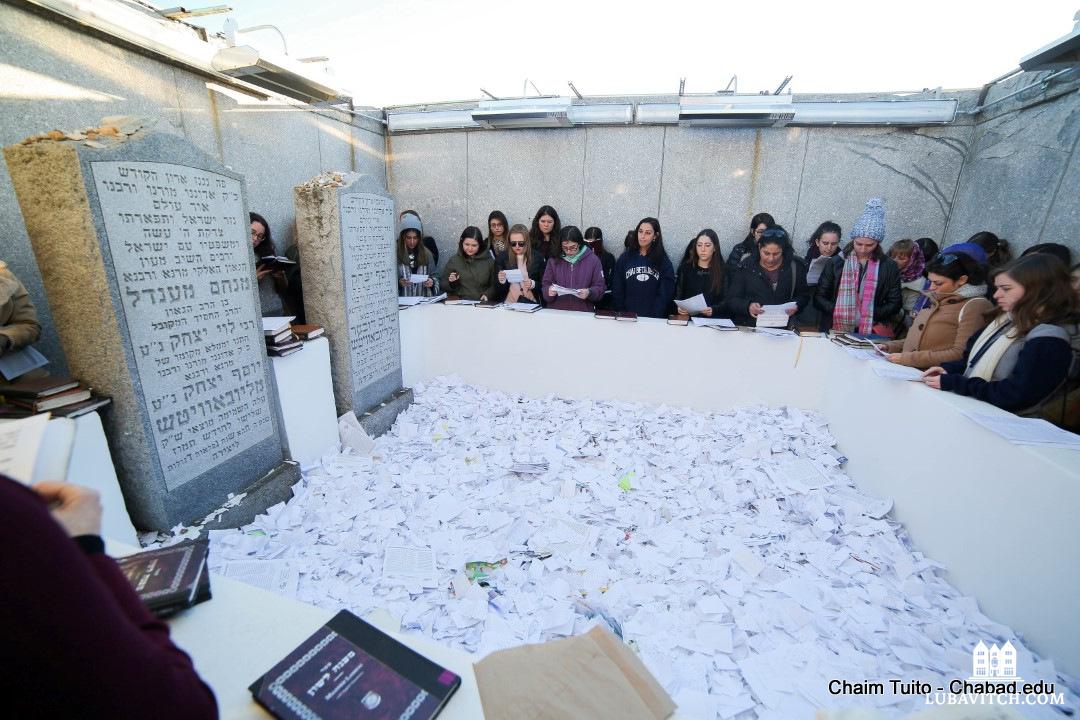
One of the arguments favoring cremation, and a common misconception, argues Kornbluth, is that it is environmentally the better choice. But his research, he says, shows that cremation actually uses a tremendous amount of fossil fuels and releases toxins—including large amounts of mercury—into the air. Environmentalists therefore oppose cremation as well as burials that include embalming and metal caskets, both of which are forbidden in Jewish law.
In June 2014, Rabbi Greenwald was reading The Los Angeles Jewish Journal, which reaches an estimated 150,000 weekly readers, when he noticed full-page ad for cremation by Hillside Memorial prominently displayed on the back page. “One People, Many Choices” was the headline. In a pitch to promote cremation, the ad copy, superimposed over a cremation urn, read, “We recognize that times, lifestyles and people change and so do their desired choices when it comes to funeral services. As the interest in cremation has increased, so too have our cremation options.”
Greenwald was upset to see the advertisement normalize a practice “that was grossly insensitive to Jewish faith, traditions, and outlook,” in a Jewish newspaper.
“The fact is that every Jew, no matter how secular, is entitled to and deserves full shivah, Kaddish and a yahrzeit after they pass,” says Greenwald. The only case in which Jewish law forbids any ritual mourning is when the deceased is cremated by choice. Not even a single Kaddish is permitted. “Does this not speak volumes of the severity of cremation?” Not willing to stand by, Greenwald reached out to the president of TRIBE Media Corp./Jewish Journal, David Suissa, and urged him to stop running the ad.
“The State of Israel trades Arab terrorists for bodies of Jewish soldiers just so they can receive proper burial and knows full well the risk they are taking,” Greenwald wrote in a passionate letter, “yet here we treat the matter as completely trivial, if not negligible.” Greenwald’s arguments were accepted and the newspaper pulled the ad.
Costs and Challenges
Another argument favoring cremation often revolves around cost considerations. It is expensive to die in the United States. Jewish funeral expenses are typically upward of $8,000, and at times, much higher. Despite the challenges, Schusterman says that as a rabbi, he feels responsible to ensure the deceased be given a full Jewish burial. “We don’t let financial issues get in the way,” and like his colleagues, he will, if necessary, try to raise the money and maintain good relationships with cemeteries to bring down costs in cases of need.
Two years ago, Bob Brener experienced seven harrowing days following the passing of his elderly mother as he fought to give her a Jewish burial. Brener had purchased a burial plot for his mother in Long Island, New York, years earlier, where she would have a final resting place near her own mother. Mrs. Brener, who was receiving care in Pennsylvania during her final years, signed a letter stating her consent to these burial plans, but, in an oversight, her caregivers failed to notarize it at the time of signing. When she did pass away, another family member gave instructions to have her cremated. With no legal documentation stating otherwise, the funeral staff scheduled a cremation.
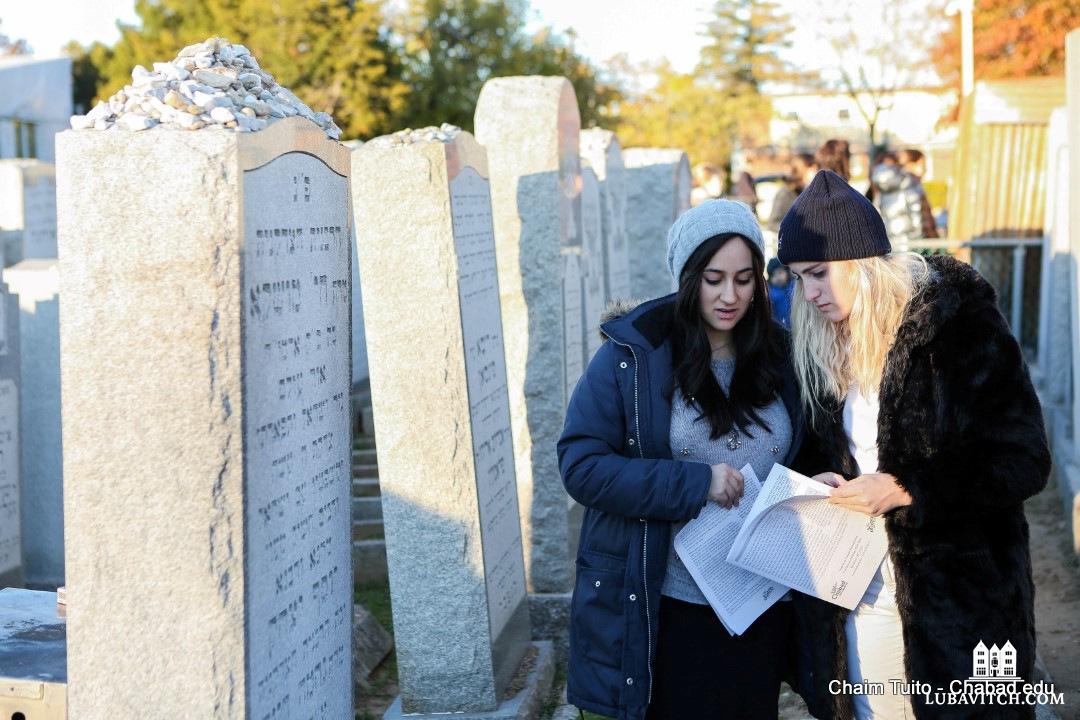
“The family member was trying to save money and avoid transferring the body to New York,” Brener explains. “He is an agnostic and does not really practice Judaism, so as far as he was concerned, the death arrangements were going to be quick, less expensive. He wanted nothing to do with a Jewish burial.”
The idea that his mother would be cremated against Jewish tradition despite her expressed wishes, was “agonizing” for the New York City transplant to Boca Raton, Florida. In the last few years before her passing, Brener’s mother, diagnosed with dementia, repeatedly expressed a desire to “go home.” Brener understood this wish to be his mother’s longing for her youth back in Brooklyn. “She appreciated the fact that she would be buried close to her mother and everything she knew and loved. That was the expectation we all had when the time would come.”
Brener argued at length with the funeral director to no avail. That’s when he turned to his local Chabad rabbi, Rabbi Zalman Bukiet, for help. With the rabbi’s support, Brener secured a new funeral director who agreed to move the body to New York for burial. But the costs were prohibitive. Rabbi Bukiet reached out to the community and within 48 hours the necessary funds were raised. Brener said the Kaddish at his mother’s Jewish funeral.
“It was the absolute lowest and worst point of my life, losing my mother, having to fight a family member to avoid cremation, and then having to raise money for the burial, but everything came out right in the end,” Brener reflects. “That experience really reaffirmed my belief in the power of prayer and my faith in Judaism.”
A Sacred Obligation
When a family does insist on a cremation, Schusterman tries to educate them of the Jewish perspective: the soul and the body are partners on the journey of life and until the body is properly interred, the soul struggles for its release.
“You don’t win every battle, but you try to fight them all,” he says. If the family chooses cremation, Schusterman, of course, will not officiate. Sometimes, he says, “Even if the perspective of Jewish law doesn’t speak to them, it becomes a practical issue.”
The challenge is greater when people make wills and plans for cremation before their passing. “In a rare situation,” says Greenwald, “I am able to convince the family to make a change after the fact, but it is very difficult since they wish to respect the desires of the deceased.” The most effective way, he says, is to be proactive and educate the community about Judaism’s perspective on cremation and burial, and help them make burial plans that are acceptable by Jewish law.
Though 85-year-old Gladys Fox’s health had been declining for several years, her now 58-year-old son Larry, who was her personal caregiver for several years, was unprepared when she passed away in November 2012.. “We did not expect to lose her that suddenly.” But difficult decisions had to be made. Larry’s father, Sid, worked as a family counselor at a local cemetery in Maryland, and had previously purchased an expensive rosewood metal casket for his wife, which he planned to place in an above ground mausoleum.
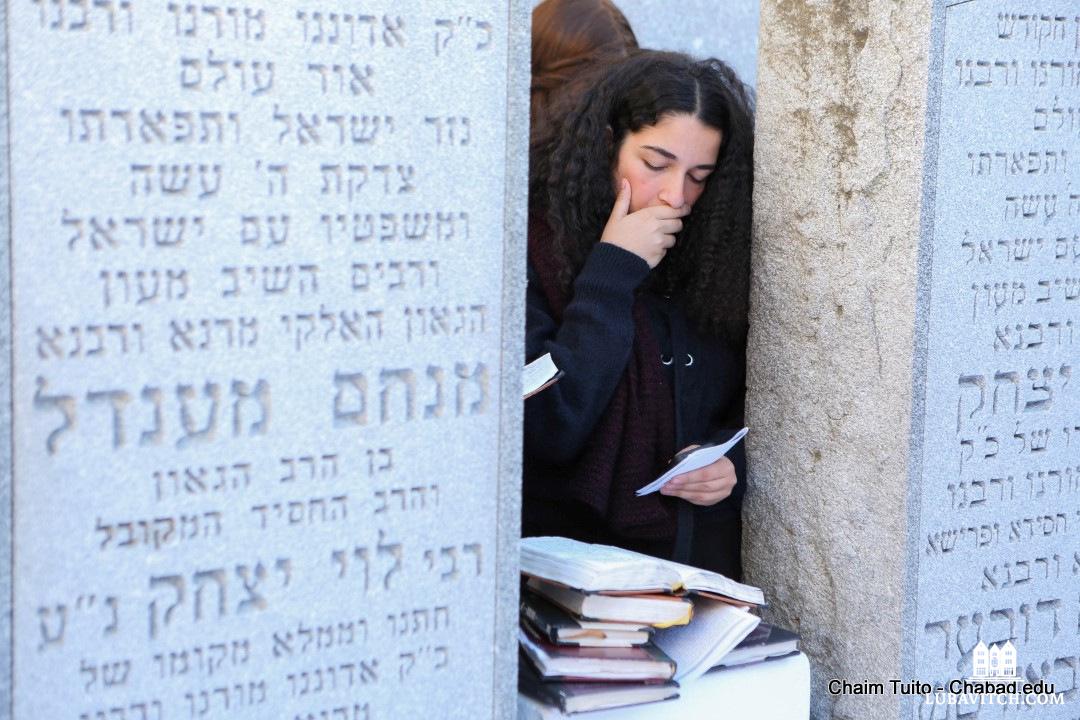
Gladys was raised in an observant Jewish home, but Sid, who considered himself culturally Jewish, was not observant of Jewish tradition. “My father’s idea for the mausoleum burial was inspired by his view of what would be best for my mother,” explains Larry. With a luxurious metal casket in a stately tomb, Sid believed he would be providing the best for his beloved wife.
Other family members disagreed. Kevin, Larry’s younger brother, remembers his mother describing her own mother’s burial, her body wrapped in simple shrouds and laid to rest in a pine box. “She always spoke about how beautiful the symbolism of Jewish tradition that treated all people equal before G-d,” Kevin says. “Even though it does not sound like a deluxe burial, we knew that was the right way, the Jewish way.”
While the burial disagreement was still unsettled, the Foxes did agree that having a rabbi conduct the ceremony would be in keeping with Gladys’s wishes. Unaffiliated with any congregation, Sid reached out to his cemetery contacts and Kevin began googling local rabbis. On such short notice and with no previous affiliation, “no one was willing to do it,” explains Larry. In a fortuitous turn of events, a woman who was affiliated with a local Jewish organization that works with hospitals and hospices heard about the Foxes’ search for a rabbi. She walked over to the home of Chabad emissary Rabbi Beryl Wolvovsky and knocked on the door.
“I answered the door and the woman handed me a note with a number on it, saying only that a family was looking for a rabbi,” says Wolvovsky. Within a few minutes, he was on the phone with Sid, who explained that he was seeking a rabbi to say a prayer over his wife’s mausoleum burial.
“I told him that I would be happy to say a prayer, so long as we do things in accordance with the Torah,” Wolvovsky relates. A metal box above ground would not satisfy Jewish requirements, and Wolvovsky sought to persuade the family to bury the body in a wooden casket in the ground. “We had a conference call with the husband and the children and I tried to convey the importance of a proper burial.”
Larry appreciated the rabbi’s concern. “Without knowing us at all, he spent time guiding us and empathizing with our situation.” Eventually, the rabbi convinced Sid to agree to two out of three of his conditions for the burial. Sid gave up the metal coffin and the mausoleum, but insisted that Gladys be buried in the non-Jewish cemetery where he worked, so that, “she could be near me all the time.”
Larry, Kevin and their sisters buried their mother the following day in a simple wooden box in the ground, reciting the Kaddish prayer in her memory word for word after Rabbi Wolvovsky.
The Comfort of Tradition
Jewish tradition focuses as well on comforting the survivors. “When people go through a loss, they turn to religion for structure and comfort,” explains Schusterman. “Tragedy brings people closer to their Judaism.”
Though Inna’s sister initially disagreed with Elaina’s decision not to cremate her mother, she has since found the burial unexpectedly comforting, and now visits the cemetery even more often than Elaina. “She wants me to put a bench there so that she can spend more time with her sister,” Elaina says. “She has found comfort and peace in having a place to visit.”
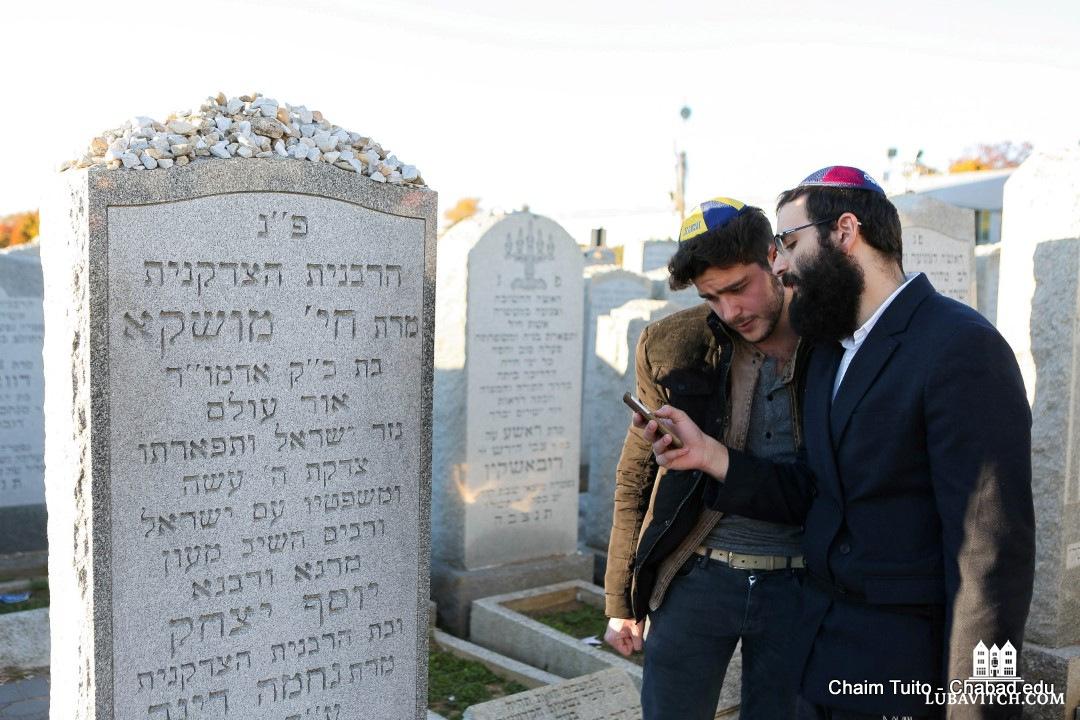
Many want to do something special “l’iluy nishmat,” on behalf of the soul, to memorialize their loved one. Jewish texts teach that when a soul leaves this physical world it can no longer perform mitzvahs, or elevate its status, so it is up to the living to do it in their stead. That is the reasoning behind saying Kaddish for the departed, or learning and giving charity in their honor.
Kaddish is recited for the deceased for the first 11 months following their passing, but can only be said with a minyan, or quorum. Mourners often begin attending weekly or even daily services to say Kaddish for their loved ones and are eventually drawn into greater Jewish participation. Rabbi Moshe Leider, a Chabad rabbi in S. Diego, California, says that his own synagogues’ evening service was established when a congregant needed a minyan after his parent’s passing, and has since lasted for decades.
Since the ordeal of his mother’s burial, Brener has attended his local Chabad synagogue in Florida every week and has found a sense of community and belonging with the congregants. The experience, he says, has bolstered his Jewish connection.
“Kaddish and Yizkor are a gift from parents to their children to ensure that their kids will stay faithfully Jewish,” says Leider. “They become more engaged in the Jewish community and continue to observe their Judaism on a continuous basis, even if only a few times a year at Yizkor services.”
The Fox family has made their own changes since Gladys’s passing. Moved by the meaningful experience, and seeking to honor Gladys’s legacy in a lasting way, Sid and his sons have since visited Chabad every Sunday for the past five years to put on tefillin. Larry describes the support and kindness of Rabbi Wolvovsky and the fellow Chabad congregants who patiently guided them “as we struggled with the transliteration of Kaddish.”
“They inspired us,” says Larry, and indeed the family’s observance of Jewish tradition has increased dramatically. Sid is amazed at the changes Larry has made, keeping kosher, observing Shabbat and lighting candles in Gladys’s name. “My mother is the focus of my decision to become more observant,” Larry says. “I wish I could go back and show her how much we now observe the Judaism that she loved. It is something she would have wanted and something she probably never thought would happen.”
As a result of the family’s spiritual growth, Sid has made arrangements to transfer his wife’s body to a Jewish cemetery. Larry and Kevin have mixed emotions about disturbing their mother’s rest. “It is not ideal to move her, but we want her final resting place to be as holy as possible,” Kevin explains. With the transfer of her body to a Jewish cemetery, Gladys will finally come to rest with her people.
SIDEBAR:
An Autopsy Averted
On Monday, December 12, 2011, Rabbi Zalman Heber, Director of Chabad of Pierce County, Washington, received a frantic phone call from a Jewish family in New York. “Their husband and father, Dr. Brian Grobois, a renowned and well-respected psychiatrist in New York, had gone snowshoeing on Mt. Rainier the previous day and unfortunately lost his way,” recalls the rabbi. Grobois never made it off the mountain.
His lifeless body was discovered by the park rangers, and was airlifted on Tuesday to Madigan Army Medical Center, where local doctors said he likely died of hypothermia and cardiac arrest. Pierce County medical examiner, Dr. Thomas Clark, disagreed with that determination and wanted to do an autopsy.
“It is the Jewish belief that the soul continues to live on after death and that the body remains sacred and must be returned to its maker whole and complete,” says Heber. According to Jewish law, invasive autopsies are forbidden unless there are public health or public safety issues involved. There was no suspicion of foul play, and the family did not want to proceed with an autopsy. They simply wished to retrieve the body and transfer it to be buried in Israel.
According to Washington state law at the time, the government medical examiner had the right to investigate unnatural deaths with an autopsy at his or her discretion. In this case, the medical examiner insisted on proceeding with the autopsy, without delay. The body needed about forty-eight hours to thaw, as it had frozen on the mountaintop, giving the devastated family under two days to try to stop the dissection and have the body returned to them for burial. They could not even begin to properly grieve, as Jewish law prevents the family from starting the seven days of mourning until a body is buried.
“It was agony for them,” Heber says.
On Wednesday morning, Rabbi Heber and a family member went back to the medical examiner to try to plead their case while their attorneys worked on several legal fronts. To their dismay, Dr. Clark reported that the body had defrosted significantly. “I just checked the body, and am going to proceed with the autopsy right now,” he declared.
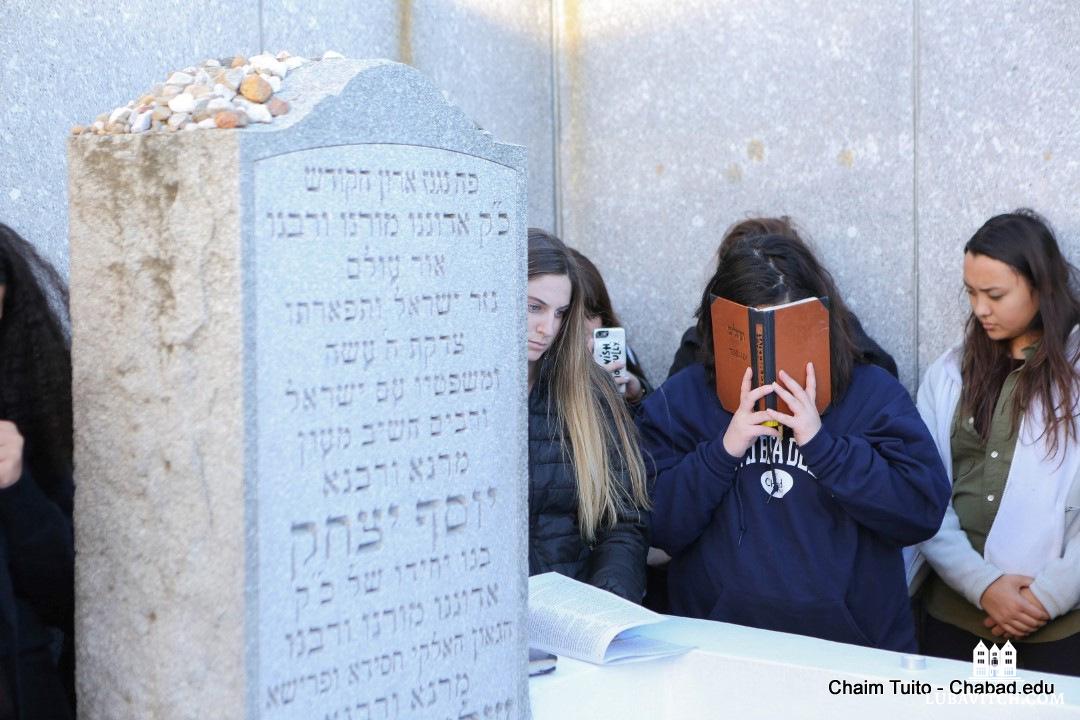
Heber stalled the medical examiner in the conference room, while simultaneously texting emergency messages to his contacts. In record time, the family attorney succeeded in getting the necessary signatures for a temporary restraining order and ran to the office, serving Dr. Clark with the legal document as he was walking into the exam room.
“As dramatic as this may sound, it was all a matter of seconds—literally!” remembers Heber. “Had the attorney arrived even a few seconds later, the religious rights of Dr. Brian Grobois and his family would have been violated.”
An emergency hearing was held the next day, where a state judge ruled in favor of the family. An appeal by the medical examiner dragged the family back to Superior Court on Friday, and once again the judge prohibited an autopsy from being performed. The judge ordered the body be immediately returned, finally permitting its passage to Israel and a kosher burial.
The troubling case of religious freedom versus state law attracted the interest of Washington Governor Chris Gregoire as well as Jewish leaders from around the country. Buoyed by the sudden awareness, Heber helped lobby for legislation in Washington State that would protect the religious rights of decedents and their families at such difficult moments. Titled the “Grobois Bill”or Senate Bill 6068, the proposed law mandated a waiting period of 48 hours before an autopsy could be permitted.
Heber testified before the state senate, explaining how an autopsy compromises the body in Jewish law. “The soul cannot properly ascend on high until the body that housed it is buried complete. We believe it’s sacred property. It belongs to G-d. We have to return it to the earth complete.”
In response to the bill, Washington State’s medical examiner’s office changed their policies to allow time for the family to object, joining a dozen other states that have adopted religious protections against autopsies.
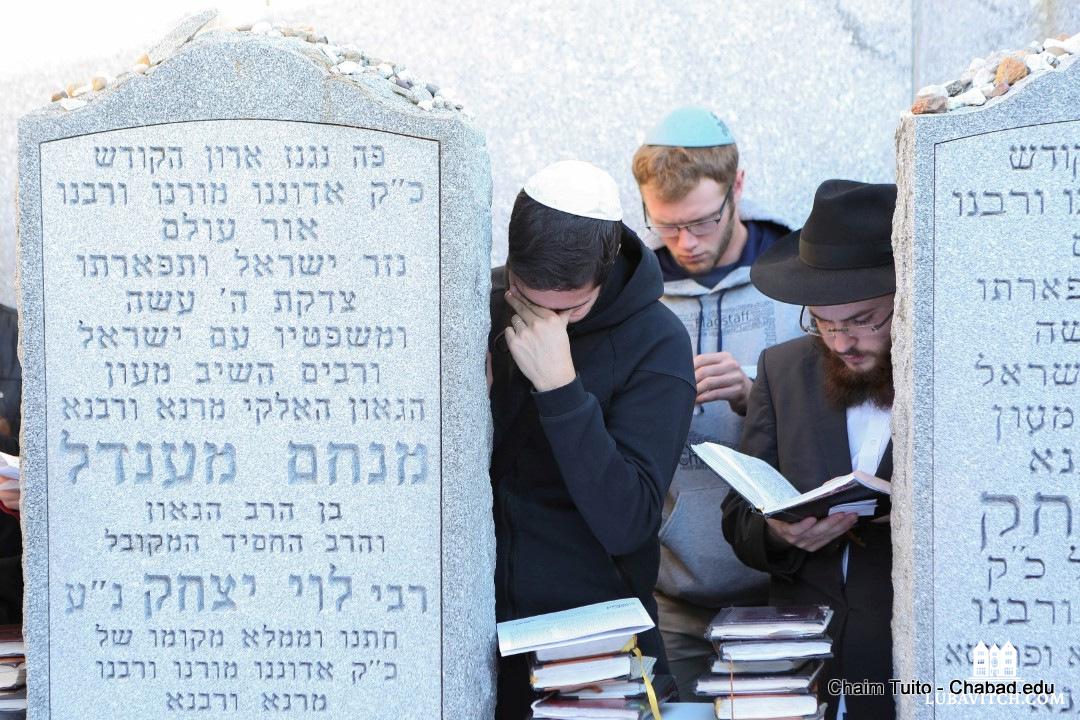
Be the first to write a comment.